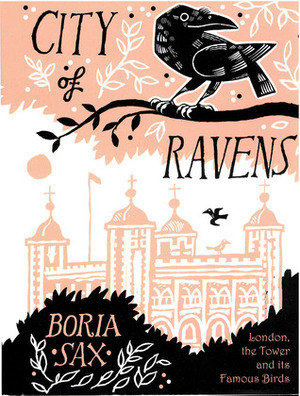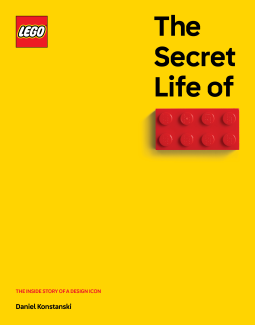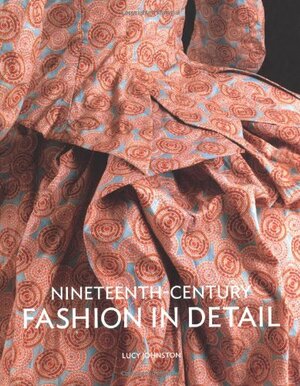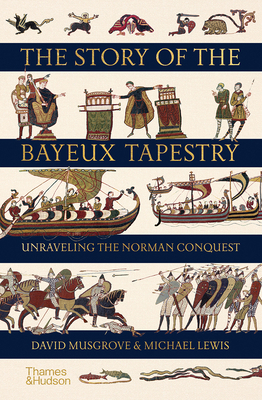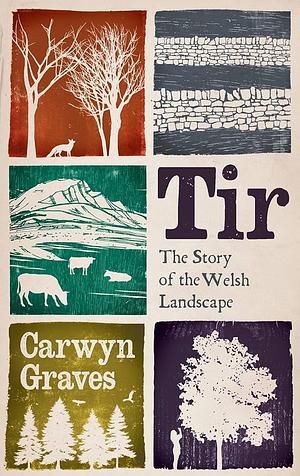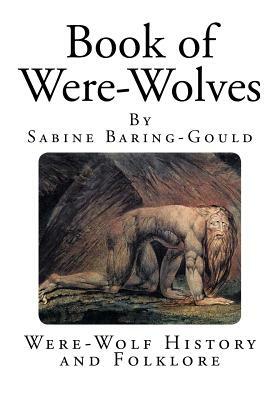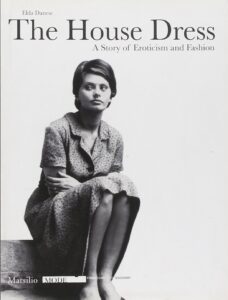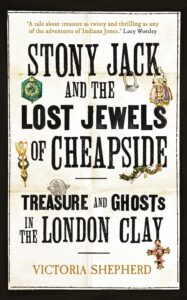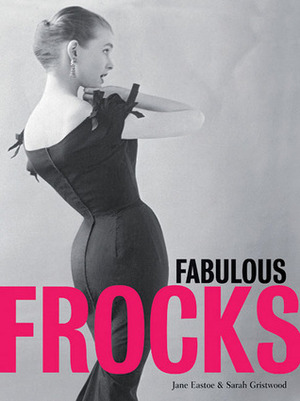
Fabulous Frocks
by Jane Eastoe, Sarah Gristwood
Genres: Fashion, History, Non-fictionPages: 200
Rating:

Synopsis:No item of clothing has endured for longer than the dress. Yet the last century alone has seen the most radical changes of style—hemlines swinging from ankle to thigh, outlines alternating between the body-hugging and the bell—and our fascination with the frock has not gone away. From Gres’ draping to Dior’s New Look, from Mary Quant’s mini to Hussein Chalayan’s mechanical marvels, this book looks at the dress in 20th-century fashion. Thematic chapters—Changes, Feminine, Sex, Must-Haves, Fantasy, Classical, and Art—set out the inspirations and implications for each new change alongside the stunning photography. It has been more than 80 years since Coco Chanel invented the little black dress, but most women still have one in their wardrobes today. It’s been decades since women discovered trousers and separates, but many women dream of wearing a glorious, glamorous gown at least once, whether it’s on a Hollywood red carpet, or on her wedding day.
Jane Eastoe and Sarah Gristwood’s Fabulous Frocks is lovely, covering roughly 100 years of famous and fabulous dresses. Photos of many of them are included, and the text explains their significance well… though it also mentions many dresses that aren’t pictured, which I sometimes found frustrating because I don’t have an encyclopaedic knowledge of what dresses look like. It also doesn’t signpost which dresses are pictured, so sometimes I found myself turning back a few pages to reread what they said about a specific dress, to give it a bit more context.
Still, that’s quibbling. I found it an accessible and interesting history of the dress, touching on different themes and inspirations, and highlighting the cyclical nature of some fashions (“classical” inspirations come back again and again). The photos are great, usually not of the dresses on their own but the dresses as they were worn, e.g. by Marilyn Monroe, Jackie Kennedy, etc, etc. I find that a bit more helpful than the same dresses preserved and posed on a mannequin.
Those who are fans of the Great British Sewing Bee might enjoy this to fill in some of the gaps, and learn a bit more about some of the designers that get mentioned (such as the perennial favourite when discussing bias-cut gowns, Madeleine Vionnet).
Rating: 4/5 (“really liked it”)

